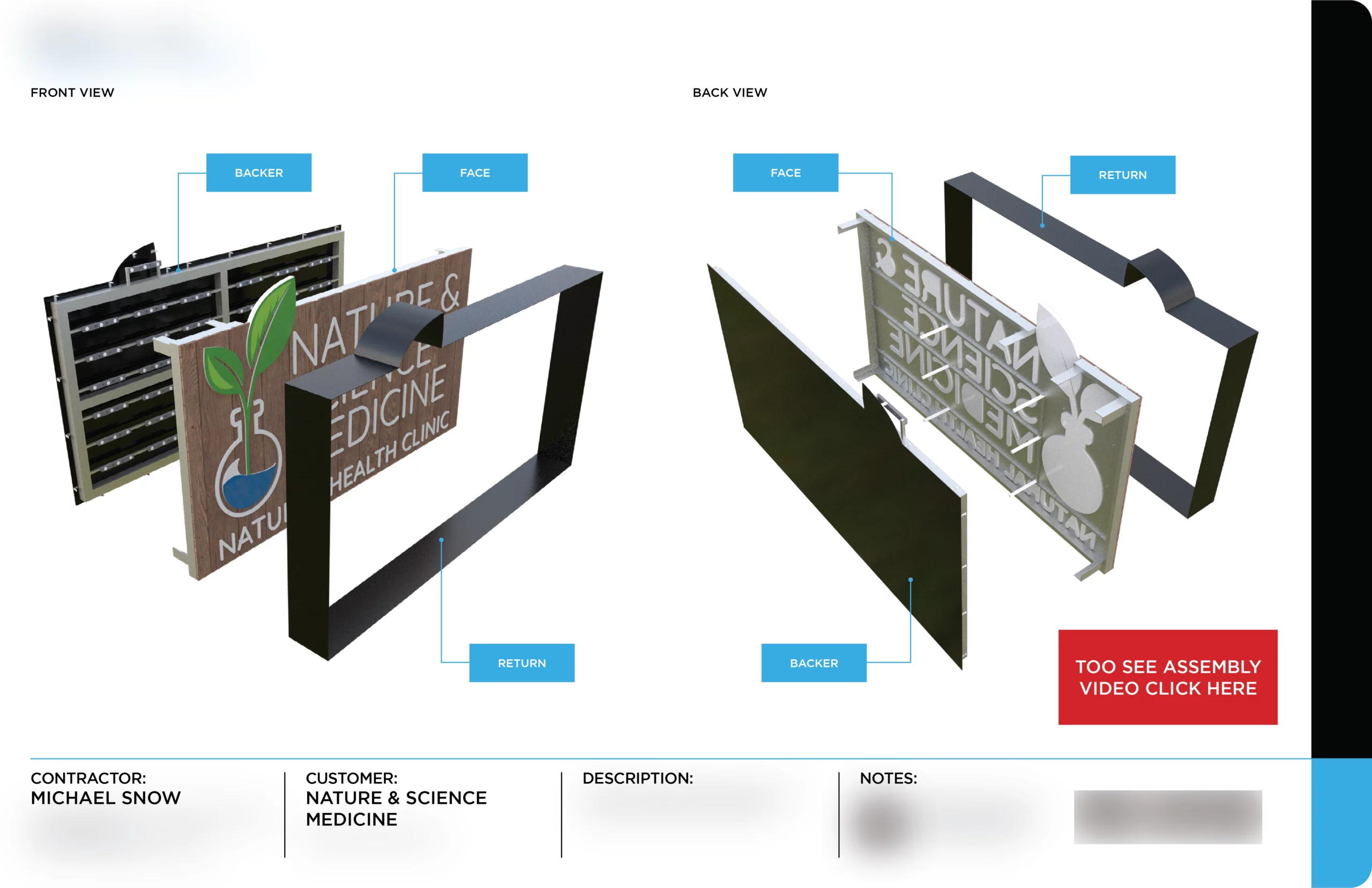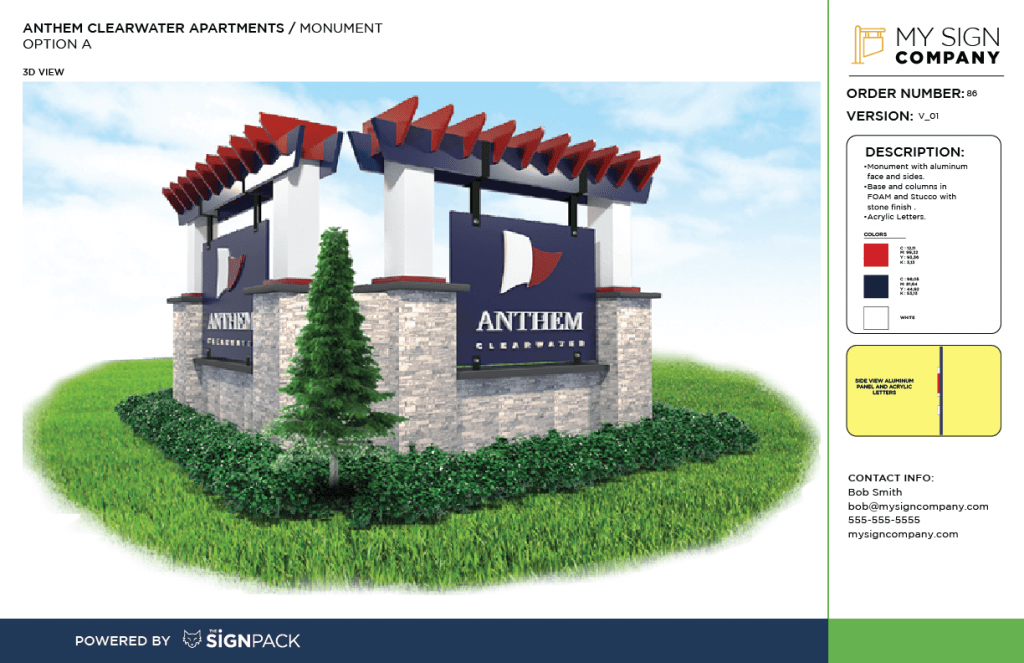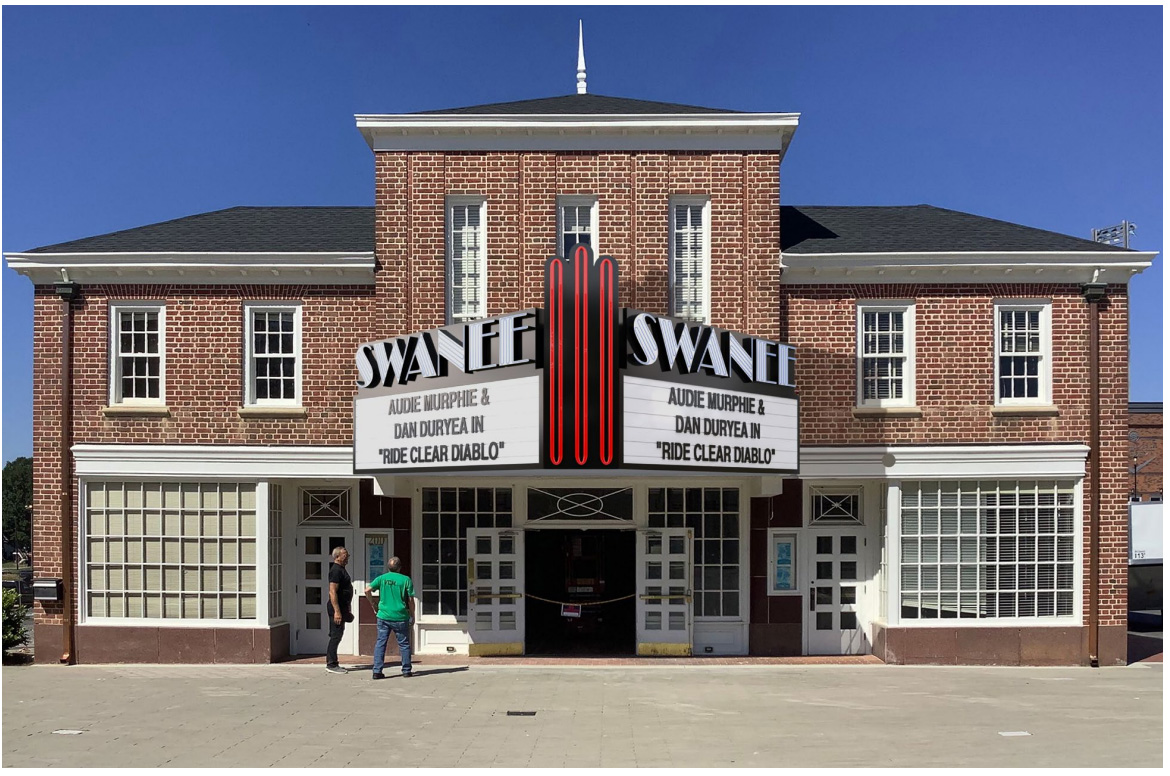The significance of unique elements in sign design cannot be overstated, offering a creative avenue to capture attention, convey messages, and establish a distinctive brand identity. For sign companies looking to push the boundaries of traditional signage, exploring innovative elements presents an exciting challenge that can set them apart in a competitive market.
The Psychological Impact of Elements
Elements are more than just visual elements; they are communication tools imbued with the power to evoke emotions, suggest actions, and create lasting memories. A unique element can make a sign pop in a sea of rectangles, guiding the consumer’s eye and making the message stand out. Historical perspectives show us that the most iconic signs often leverage distinctive elements, creating a visual shorthand for the brands they represent. For example, the distinctive elements of the Apple logo—a simple apple with a bite taken out—conveys innovation and simplicity, immediately recognizable worldwide.
Crafting Brand Identity with Elements
Unique elements are instrumental in crafting a brand’s identity. They can encapsulate a brand’s ethos, making the logo or sign instantly recognizable. Consider how the element of a sign can mirror the qualities of the brand it represents—circular elements evoke unity and community, angular eements suggest efficiency and precision, while organic elements connect with nature and authenticity. The Sign Pack understands this intricate dance of elements and brand identity. Our expertise in custom sign solutions allows companies to translate brand values into tangible forms, helping to create sign designs that are not just seen but felt.
Innovations in Sign Design Materials and Techniques
The evolution of materials and techniques has opened up new possibilities for sign design. Flexible materials, advanced cutting technologies, and sustainable practices enable the creation of signs in elements that were once thought impossible.
Navigating Design and Regulatory Challenges
Designing unique elements for signage involves a careful balance between creativity and practicality. Sign companies must navigate zoning laws, installation challenges, and cost considerations.
An example of successfully navigating these challenges is the installation of oversized, custom-elements digital billboards in Times Square, which required intricate planning and coordination with city regulations to bring to fruition.
The Future of Elements Innovation
The future of sign design is ripe with possibilities, from augmented reality enhancements to signs that adapt their element and message in real time. As cultural and technological trends evolve, so too will the elements of signs.
Imagine the potential of AR-enabled signs that change element or display interactive content based on viewer proximity, offering unprecedented engagement opportunities.







